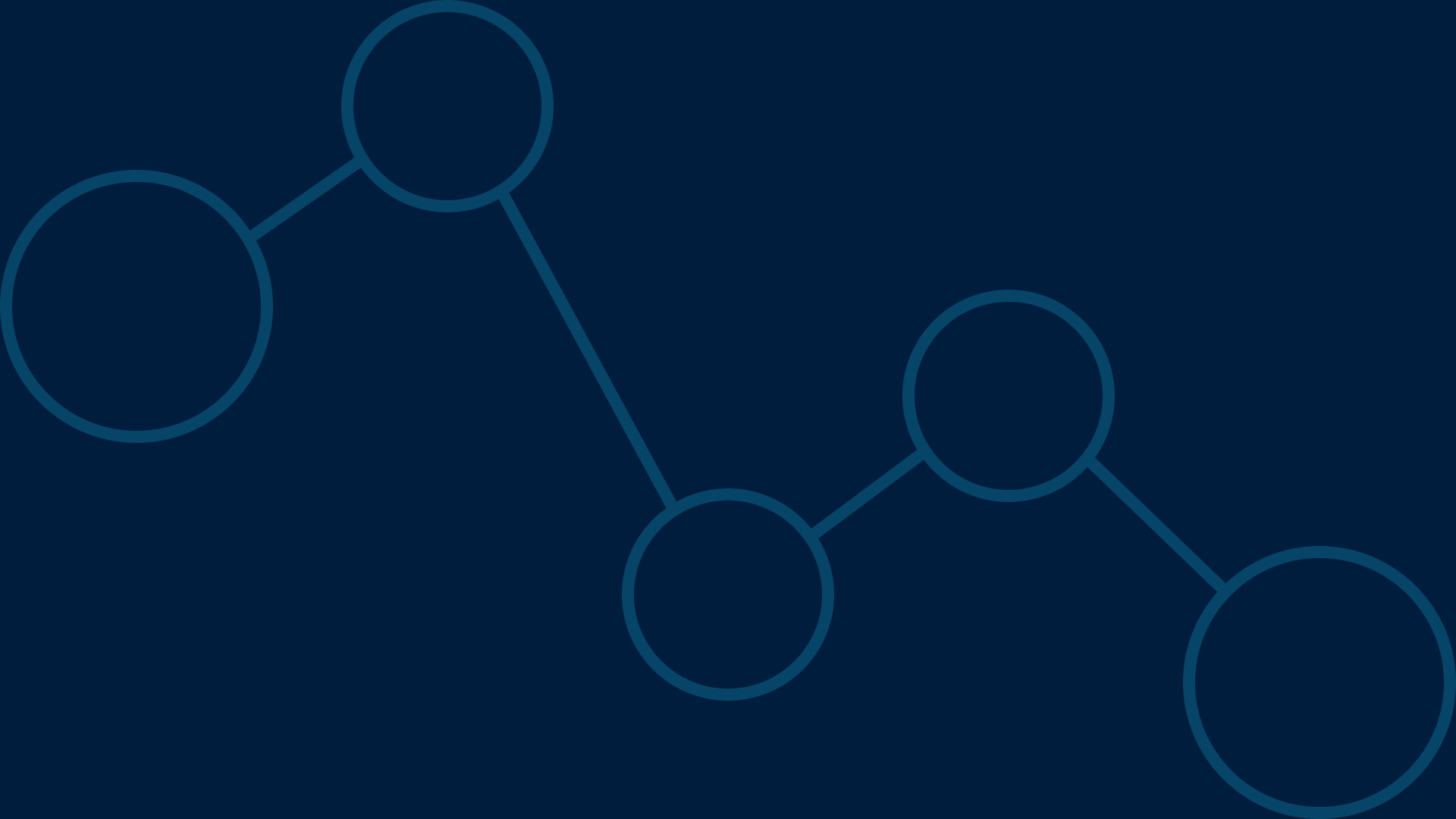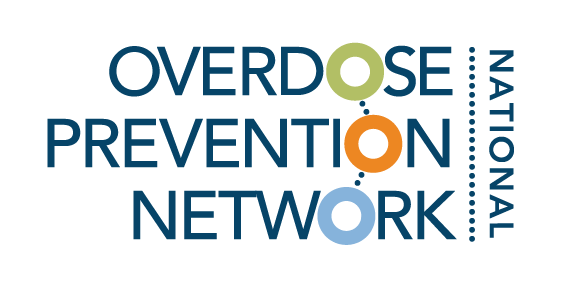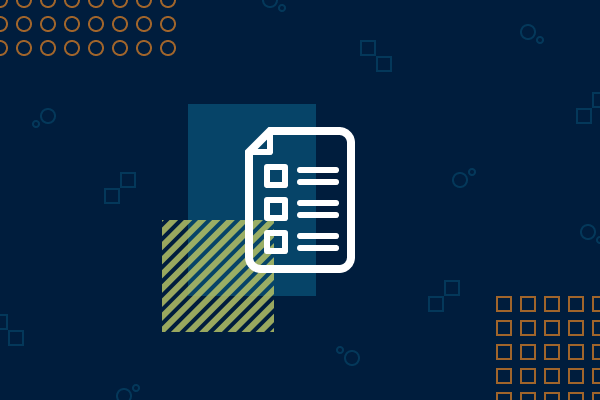
Resource Library
Toolkits, guides, and other resources vetted by experts in overdose prevention.
Filter by category and tags, or search by keyword (ex. COVID-19, harm reduction).
Drug Policy Alliance
Overdose deaths in the United States dropped by nearly 17% between July 2023 and July 2024. However, over 93,000 people died of drug overdose in that period, more than the number of people who died from vehicle-caused accidents or firearms combined. This remains an urgent public health issue that requires evidence-based solutions. Public health interventions saved lives and must be expanded. Effective interventions include: the overdose prevention drug naloxone, expanded harm reduction services such as fentanyl test strips, increased access to medications for opioid use disorder (MOUD), and drug education based in facts, not fear.
Appalachia Opioid Remediation (AOR) Database
The AOR database catalogues information about how 13 states of Appalachia are managing and spending funds received from litigation settlements with opioid manufactures, distributors, and retailers.
Shatterproof Addiction Stigma Index
How does stigma contribute to addiction and overdose deaths? To raise awareness, Shatterproof created the Addiction Stigma Index, the largest survey of public attitudes about substance use disorder (SUD) and people with SUD in the United States. The results provide insights into how stigma manifests and impacts people living with SUD, their loved ones, and their communities.
The Fentalog Study: A Subset of Nonfatal Suspected Opioid-Involved Overdoses with Toxicology Testing
Using data from The Fentalog Study, this dashboard provides estimates of substances detected in samples from patients experiencing a suspected opioid-involved overdose. These data can be used in combination with nonfatal drug overdose data from the CDC’s Drug Overdose Surveillance and Epidemiology (DOSE) system to improve understanding of drug use patterns in nonfatal overdoses.
Toxicology Investigators Consortium (ToxIC)
The Toxicology Investigators Consortium (ToxIC) is a multicenter toxicosurveillance and research network. As a toxicosurveillance network, ToxIC can detect new and emerging drugs of abuse, adverse effects of new medications in the post-marketing phase, and emerging toxicological threats. On their webpage you can explore their various projects like the Fentalog Project, learn more about ToxIC, and more.
Appalachia Opioid Remediation Database
The Appalachia Opioid Remediation (AOR) database is a living resource created and made available by the Community Education Group, and it catalogues information about how the 13 states of Appalachia are managing and spending funds received from litigation settlements with opioid manufacturers, distributors, and retailers.
DOSE Dashboard: Nonfatal Overdose Emergency Department and Inpatient Hospitalization Discharge Data
The new Drug Overdose Surveillance and Epidemiology (DOSE) dashboard is an interactive data visualization tool that displays current nonfatal drug overdose-related ED and hospital discharge data. DOSE data can be used to compare US nonfatal overdose trends for any of the four drug overdose types (i.e., all drugs, all opioids, heroin, and all stimulants); by participating state and by county (county-level data are only available for nonfatal all drug overdose ED visits); and by sex and age group.
OD Free Marin Website
This website is an great example of how local coalitions in California can communicate how to access naloxone, treatment, and other resources locally.
Santa Barbara Opioid Safety Coalition Website
Santa Barbara Opioid Safety Coalition's website is a great example of how to utilize a website to disseminate information on naloxone, treatment services, data, resources, and more.
ODMAP Platform and User Guide
You can utilize this user guide to understand and learn the ODMAP platform and community user application.
ODMAP Factsheet
This fact sheet provides an overview to show how the Overdose Detection Mapping Application Program can help communities respond effectively to overdoses.
Using ODMAP Data to Target Prevention Activities
This brief highlights the Alliance for Prevention and Wellness’s (APW) use of Overdose Detection Mapping Application Program (ODMAP) data to target a broad range of substance use prevention and education activities to ZIP codes with the highest rate of overdoses.
Evidence-Based Strategies for Preventing Opioid Overdose: What’s Working in the United States
This document is to assist community leaders, local and regional organizers, non-profit groups, law enforcement, public health, and members of the public in understanding and navigating effective strategies to prevent opioid overdose in their communities.
Impact of the California Harm Reduction Initiative
In this article, it provides insight into the large impact of the California Harm Reduction Initiative across the state of California.
Do No Harm Guide: Applying Equity Awareness in Data Visualization
Through rigorous, data-based analysis, researchers and analysts can add to our understanding of societal shortcomings and point toward evidence-based actions to address them. But when data are collected and communicated carelessly, data analysis and data visualizations have an outsized capacity to mislead, misrepresent, and harm communities that already experience inequity and discrimination. This guide and its associated toolkits focus on how data practitioners can approach their work through a lens of diversity, equity, and inclusion.
One Graph or Many: Taking an Equity Lens When Visualizing Data by Race
For many data communicators, presenting data disaggregated by race or ethnicity can pose a tricky problem. It’s not uncommon to place the data for each group in a single graph, but this presentation can lead the reader to compare the performance of each group to the best performing group, creating a “horse race effect.” As a result, a reader may negatively perceive the experiences of one group relative to another.
Recovery Ecosystem Index Map
This resource provides data on recovery ecosystems through the U.S. Examples of key features include treatment services, recovery residences, harm reduction organizations, employment opportunities, and prevention organizations
Data Interactives on LGBTQ+ Individuals
This data resource provides state level data that is maintained by the UCLA Williams Institute. The data interactives provide information on LGBTQ+ people in the United States in a dynamic and customizable visual format.
Homeless Data Integration System
The California Interagency Council on Homelessness’ Statewide Action Plan pursues a vision for the Council and state’s work to prevent and end homelessness focused on purposeful, action-oriented coordination and alignment among state departments. By providing data that allows California to measure progress towards the goal of preventing and ending homelessness, the Homeless Data Integration System (HDIS) plays a pivotal role in the state’s comprehensive strategy to get more Californians into affordable, stable living environments and to connect them with the supportive services they need to succeed.
Census Bureau QuickFacts
QuickFacts provides statistics and demographics for all states and counties, and for cities and towns with a population of 5,000 or more.








